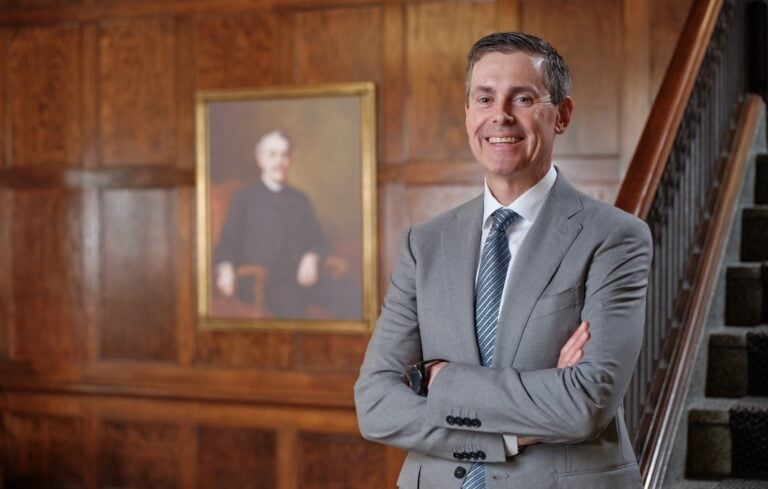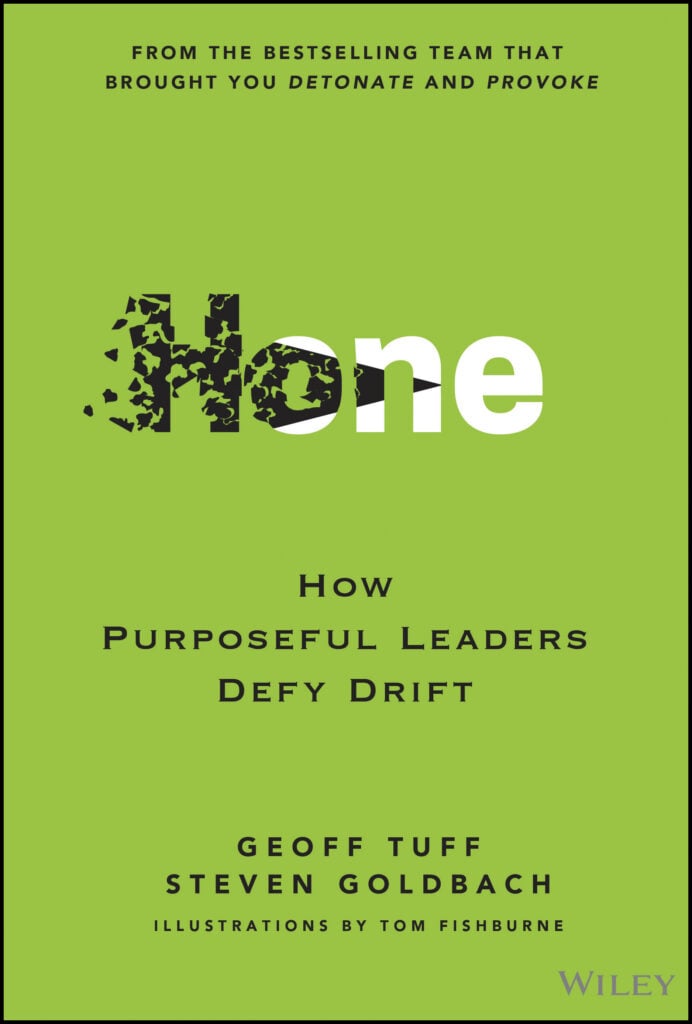


It’s easy to say a CEO should be responsible for many things that seem vital or urgent, and increasingly it seems like just about everything is feeling vital or urgent. No matter how capable any individual may be, though, there is a limit to how much a human can do. CEOs—clearly—need to prioritize and to shed some of the myriad expectations that stakeholders have of them. But there is one thing CEOs should be responsible for: to be the organization’s “chief systems designer.” There are three core reasons for this.
First, the CEO is responsible for the vision and direction of the organization. She is intimately aware of the organization’s goals and can judge whether the organization is in alignment with its elemental purpose or drifting away from it.
Second, the CEO is the only person in the organization with both the authority and the visibility to create a coherent set of management systems: the formal processes and structures that shape organization behavior. By working with management systems, the CEO can drive the collective behaviors that move the organization toward its goal.
Finally, the CEO is in a unique position both to inject healthy tension and to help resolve it. Productively resolving tension can be a great source of innovation.
None of that sounds particularly controversial … so what’s new here? Put simply, many CEOs today don’t see it that way or, if they do, they don’t act like they see it that way. Rather, they often view themselves as catalysts for change—outspoken visionaries, sponsors of transformation initiatives, motivators of the masses. After an issue is “resolved,” they move on to the next big challenge and focus there. This can—unintentionally—create a higher degree of drift as an organization becomes more concerned with implementing its special projects than staying close to its elemental purpose. Once an organization has drifted too far, honing—our preferred method of making small changes to systems to stay in aligned with the organization’s purpose—won’t cut it. You then need to go the route of transformation, which is often risky, expensive and unsuccessful.
Per above, the CEO can’t do “everything,” so it’s natural to ask what parts of systems design can be delegated. The CEO doesn’t need to manage every detail of the systems that shape organizational behavior, but they should be accountable for:
We don’t see CEOs as critical to designing the specific details of each management system, nor do they need to be the person with the pen designing the details of an operating model or organization design.
But the CEO should own the critical choices regarding important management systems, such as what the performance management system prioritizes and how it determines promotions, the overall structure of the business (e.g., by geography, product line or customer), the allocation of decision rights and others. The CEO should also have a view on how these things work together to motivate behavior.
We recently had the opportunity to spend time with Paul Polman, the former CEO of Unilever. He talked about honing Unilever to make sure that it met his objective of acting as a single, purpose-driven global company focused on long-term stakeholder value.
Let’s take one example. Paul noticed that many employees didn’t want to move from low tax jurisdictions to higher-tax jurisdictions. This made it hard to act globally and create leaders with international experience. So, he asked the organization to create a management system that made pay for similar roles in different geographies equivalent on an after-tax basis. In addition, to get the organization focused on long-term value creation, he eliminated quarterly earnings guidance. Finally, he used ambitious goal setting to frame what ‘good’ looked like (e.g., percent of goods sustainably sourced, number of new consumers to serve).
Even though not all his ambitious targets in the Unilever Sustainable Living Plan were met, the company made dramatic strides at a pace not previously thought possible. And all of this was done while also delivering a total shareholder return of 300 percent over his tenure.
As systems designers, CEOs are responsible for creating a healthy tension and balancing the needs of all stakeholders. Companies that mix non-financial objectives into their metrics such as exceeding customer and employee expectations create preconditions for long term health. Since most of any company’s intrinsic value is in so-called “terminal value”—essentially, an investor’s expectation that the company will continue to make money in perpetuity, not just over the next few years—longevity really does matter. One of the perspectives CEOs should bring to systems design is a theory of which portfolio of objectives, underpinned by a specific combination of management systems, leads to long-term value creation.
The business world is witnessing a growing recognition among both investors and managers that a narrow, obsessive focus on maximizing shareholder value alone can be detrimental—ironically, to shareholders in particular. Taking care of all stakeholders creates more value in the long run, because the system in which the organization operates does not get out of balance. Excessive emphasis on short-term shareholder returns can lead to myopic decision making and cost-cutting measures that undermine customer satisfaction and long term success. Failing to take care of employees’ well-being can result in turnover beyond healthy levels and the loss of institutional knowledge and capability.

These are just some of the ways CEOs can use systems design to great effect. When they embrace their role as chief system designers—actively shaping, monitoring and refining the management systems that underpin their organizations—they can create the invisible architecture that sustains purpose, drives enduring value and enables their companies to thrive for the long-term.
Excerpted with permission from the publisher, Wiley, from Hone: How Purposeful Leaders Defy Drift by Geoff Tuff and Steven Goldbach. Copyright © 2026 by John Wiley & Sons, Inc. All rights reserved. This book is available wherever books and eBooks are sold.



0

1:00 - 5:00 pm
Over 70% of Executives Surveyed Agree: Many Strategic Planning Efforts Lack Systematic Approach Tips for Enhancing Your Strategic Planning Process
Executives expressed frustration with their current strategic planning process. Issues include:
Steve Rutan and Denise Harrison have put together an afternoon workshop that will provide the tools you need to address these concerns. They have worked with hundreds of executives to develop a systematic approach that will enable your team to make better decisions during strategic planning. Steve and Denise will walk you through exercises for prioritizing your lists and steps that will reset and reinvigorate your process. This will be a hands-on workshop that will enable you to think about your business as you use the tools that are being presented. If you are ready for a Strategic Planning tune-up, select this workshop in your registration form. The additional fee of $695 will be added to your total.

2:00 - 5:00 pm
Female leaders face the same issues all leaders do, but they often face additional challenges too. In this peer session, we will facilitate a discussion of best practices and how to overcome common barriers to help women leaders be more effective within and outside their organizations.
Limited space available.

10:30 - 5:00 pm
General’s Retreat at Hermitage Golf Course
Sponsored by UBS
General’s Retreat, built in 1986 with architect Gary Roger Baird, has been voted the “Best Golf Course in Nashville” and is a “must play” when visiting the Nashville, Tennessee area. With the beautiful setting along the Cumberland River, golfers of all capabilities will thoroughly enjoy the golf, scenery and hospitality.
The golf outing fee includes transportation to and from the hotel, greens/cart fees, use of practice facilities, and boxed lunch. The bus will leave the hotel at 10:30 am for a noon shotgun start and return to the hotel after the cocktail reception following the completion of the round.